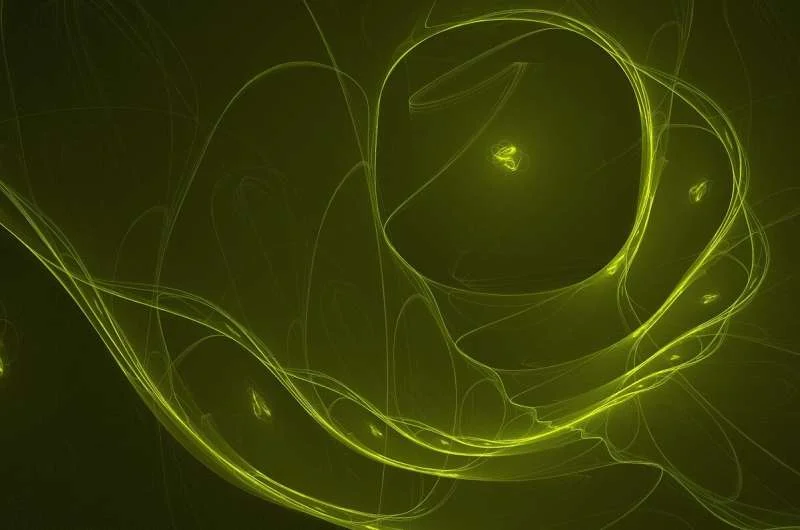Scientists received the first signals from the muon detector located 1 km underground at the Stawell Underground Physics Laboratory. The muon detector records the amount of cosmic radiation reaching the laboratory at Stawell Gold Mines. Muons are heavier versions of electrons produced when cosmic rays collide with atoms in Earth’s atmosphere. The muon detector records these collisions to determine cosmic radiation levels.
It is critical to record low radiation levels to ensure that the environment surrounding the SABER South experiment, which will be delivered to the laboratory in 2024, is as clean as possible for dark matter particles to be detected. In the first few days, the muon detector recorded approximately five detections per day; this was much less than the roughly 1.8 million interactions expected above ground.
Researchers at the ARC Center of Excellence (CDM) Physics for Dark Particle Matter Physics will continue to monitor radiation levels before the SABER South experiment is transported to SUPL. The SABER South experiment mirrors the experiment in the Northern Hemisphere and will determine whether the readings obtained by the Italian researchers are due to seasonal variations or dark matter.
CDM director Professor Elisabetta Barberio says data collection is an important milestone for the project. “Our initial data collection showed that by setting up a laboratory 1 km underground at the Stawell gold mine, we were able to reduce the amount of cosmic radiation that would reach our dark matter detector,” Professor Barberio said.
“Our scientists in Melbourne and across Australia will be able to continue monitoring muon levels to ensure cosmic radiation remains low. This is a crucial step in a project that is being closely followed by scientists around the world.”
Sue Burrell, chief executive of SUPL Ltd, which runs the laboratory, said this milestone paves the way for future scientific innovations.
“SUPL is a unique facility that combines the interests of the community and its research goals. The path to this point has not been easy, but the foundation has now been laid to achieve some world-class scientific results.”
CDM Research Fellow and PhD from the University of Melbourne. candidate Mike Mews was among the researchers who went to SUPL to build the muon detector that would communicate with ground-based computers. Mews also received training that allowed him to work underground for extended periods of time.
“It’s really cool that we can measure cosmic radiation levels deep underground from our desks at the University of Melbourne,” he said. “I look forward to traveling to SUPL more frequently as the project continues to grow and create the perfect environment for the SABER South experiment.” Source













